Fire Defense or Deforestation? West Camino Cielo Community Divided over Los Padres Fuel Break
Mountain Community Members Butt Heads with U.S. Forest Service over Vegetation Clearing
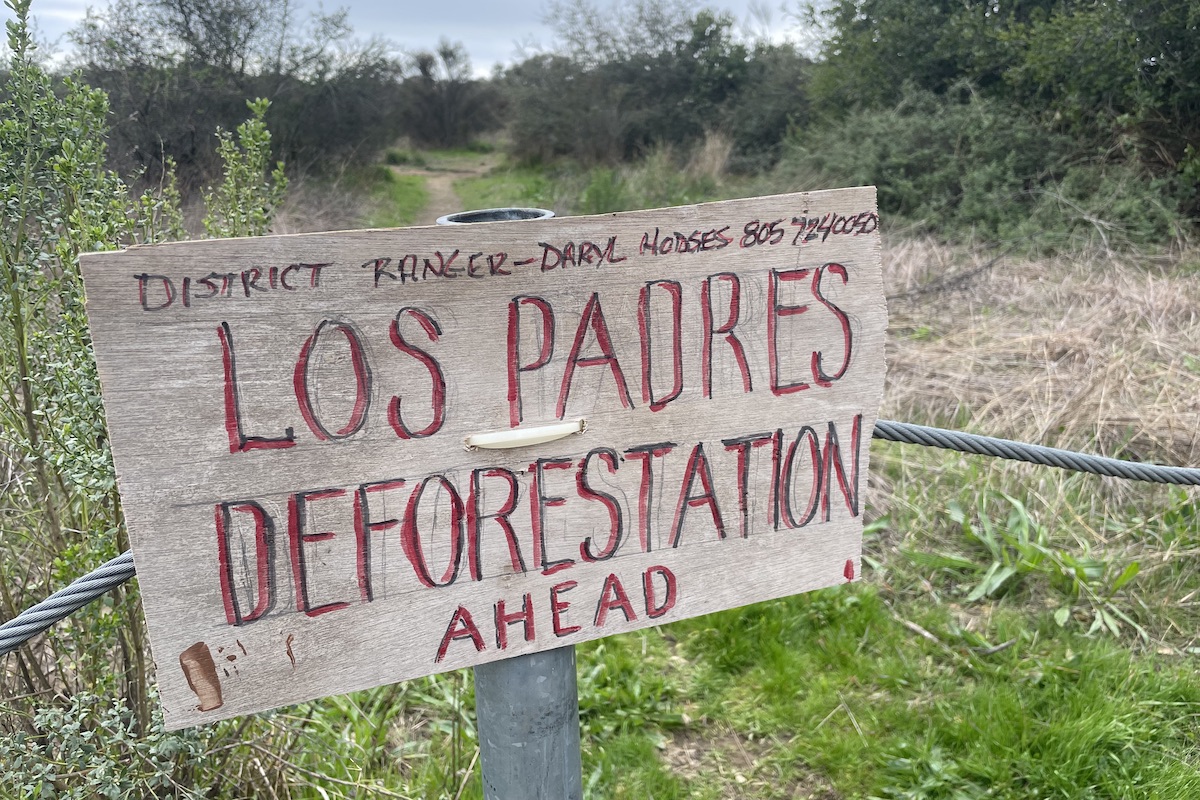
When the U.S. Forest Service began flattening the native chaparral on the West Camino Cielo ridgeline overlooking Goleta Valley in November, residents immediately raised questions.
But the answers they received from the Los Padres National Forest last week did not do much to allay their fears.
While the service says the clearing of vegetation is for wildfire safety, some of these mountainside advocates are crying “deforestation.”
The most vocal is Keith Zandona, a friendly face and seasoned activist in the community.
A resident of West Camino Cielo for 35 years, Zandona is passionate about protecting the landscape. So when confronted with a seemingly random tractor plowing through his neighborhood’s scrub, he yelled, “Get the fuck out of here!”
And he certainly did not hold back at the forest’s heated community information meeting on February 22.

‘Reduced to Mulch’
“We got sucker punched by you guys,” Zandona told rangers on that cold night at the San Marcos Fire Station.
He complained that the “thriving chaparral forest” with healthy manzanita and yucca shrubs next to his neighborhood hiking trail was “reduced to mulch.” It’s a graveyard of broken branches, mud, and sparse grasses that resemble a meteor strike in the middle of the forest.
Not only was he upset about that — and the plant-crunching masticator left at the scene — but he called out the rangers for not notifying the community ahead of time.

Additionally, Zandona and a few of his neighbors say flammable, invasive grasses (namely thistle and mustard) are already moving into the new clearing.
They seem to view the project as an omen of what may be to come: more widespread fuel reduction projects from State Route 154 to Gaviota, creating a string of clearings devoid of native vegetation.
However, the Forest Service and County Fire insist that the fuel breaks, or “defense zones,” are in line with pre-established national and state wildfire management strategies to protect homes, increase safety for firefighters, and help prevent further damage to the natural environment.

Subtract Shrubs, Add Defense
The fuel reduction work at West Camino Cielo is part of the 411-acre “Santa Barbara Mountain Communities Defense Zone,” for which public scoping was completed in 2017, explained District Ranger Daryl Hodges. He said the purpose of the project is to reduce the intensity of future wildfires and give firefighters some ground to stand on when they’re on the front lines.
At the community meeting, Hodges began by apologizing for the lack of communication around the project’s implementation. He said that while “it’s gonna look messy in the beginning,” there are planned environmental mitigation efforts in place, and with time the land will start to heal.
He asked the community to “just bear with us while we work through this.” After public comment, they will be using hand crews and prescribed fire rather than mastication in the future.
“I’m listening to you,” he told attendees. “And I’m letting you know that what we’re doing is good work. It is science-based, and it is the best possible science that we have.”

County Fire Division Chief Rob Hazard emphasized the main point of the fuel breaks: to protect firefighters. “Yes, you’re going to modify some vegetation,” he said, “but at the end of the day, it’s going to reduce a lot of risk.”
The Camino Cielo fuel breaks, which, in total, span hundreds of acres across the Santa Ynez Mountain range, have been years, even decades, in the making. Some community members actually thanked the Forest Service for finally following through on this most recent portion of fuel-reduction plans, which took time to be fully funded and fleshed out.
Dennis Nord, a former USFS firefighter and current Camino Cielo resident, said that he respects the often-perilous work undertaken by firefighters, and, “as someone who has witnessed the devastating impact of wildfires firsthand,” is supportive of efforts to reduce their frequency and intensity.


[Click to enlarge] Left: The more recently approved fuel breaks making up the “Santa Barbara Mountain Communities Defense Zone” add to the pre-existing fuel breaks stretching 40 miles across Camino Cielo. Right: Highlighted in red, the proposed fuel breaks, including West Camino Cielo, cover a combined 411 acres. | Credit: Courtesy
However, he questioned the fuel-reduction treatments, especially regarding their ecological implications and efficacy, as high winds can make embers skip right over fuel breaks and ignite communities.
Fuel breaks do not necessarily stop fires, the rangers acknowledged, but they “increase the probability of home survival.” They cited a 2011 study of wildfires in Los Padres between 1980 and 2007, which showed that 46 percent of wildfires that interacted with a fuel break were successfully held on that fuel break.
But they still modify the mountains and native habitat, argued Benjamin Pitterle, the director of advocacy for Los Padres ForestWatch. And what’s happening at West Camino Cielo, he says, is “just the tip of the iceberg.”
From the Forest Service’s perspective, it comes down to “a chance or a choice,” in the words of Fire Communications Officer Adrienne Freeman. “Whether we like it or not, we have to choose how to manage the land,” she said.
The projects will take several years, and multiple treatments can be expected, the rangers said. Prescribed fires will begin on East Camino Cielo this spring, and the service promised communication will be better and proper notifications will be made as work continues.

Premier Events
Fri, May 17
12:00 PM
Santa Barbara
A Taste of Africa Cultural Extravaganza at UCSB
Sat, May 18
7:00 PM
Santa Barbara
A Taste of Africa Cultural Extravaganza at UCSB
Thu, May 16
7:30 PM
Santa Barbara
Jazz at the Lobero Presents The Marcus Roberts Trio
Fri, May 17
7:00 PM
Goleta
Viva el Arte Presents Jarabe Mexicano
Tue, May 21
7:00 PM
Santa Barbara
Revisiting the Classics: “Schmigadoon!”
Thu, May 23
7:00 PM
Carpinteria
The Carpinteria High School Muses Present “The Wizard of Oz” Musical
Fri, May 24
11:00 AM
Santa Barbara
Discussion: Misogyny, Racism & Violence at UCSB: The IV Killings 10 Years Later
Fri, May 24
7:00 PM
Santa Barbara
SBHS Annual Spring Dance Concert 2024
Sat, May 25
3:00 PM
Santa Barbara
Canary Hotel Rooftop: Suns Out Buns out with LeFunk Sounds
Sat, May 25
8:00 PM
Carpinteria
Rich Tell Presents: The Thom Rotella Band
Sun, May 26
11:00 AM
93103, Santa Barbara, CA
Memorial Day Weekender PJ Brunch!
Sun, May 26
12:00 PM
Santa Barbara
Market at Pali Wine Co
Fri, May 17 12:00 PM
Santa Barbara
A Taste of Africa Cultural Extravaganza at UCSB
Sat, May 18 7:00 PM
Santa Barbara
A Taste of Africa Cultural Extravaganza at UCSB
Thu, May 16 7:30 PM
Santa Barbara
Jazz at the Lobero Presents The Marcus Roberts Trio
Fri, May 17 7:00 PM
Goleta
Viva el Arte Presents Jarabe Mexicano
Tue, May 21 7:00 PM
Santa Barbara
Revisiting the Classics: “Schmigadoon!”
Thu, May 23 7:00 PM
Carpinteria
The Carpinteria High School Muses Present “The Wizard of Oz” Musical
Fri, May 24 11:00 AM
Santa Barbara
Discussion: Misogyny, Racism & Violence at UCSB: The IV Killings 10 Years Later
Fri, May 24 7:00 PM
Santa Barbara
SBHS Annual Spring Dance Concert 2024
Sat, May 25 3:00 PM
Santa Barbara
Canary Hotel Rooftop: Suns Out Buns out with LeFunk Sounds
Sat, May 25 8:00 PM
Carpinteria
Rich Tell Presents: The Thom Rotella Band
Sun, May 26 11:00 AM
93103, Santa Barbara, CA
Memorial Day Weekender PJ Brunch!
Sun, May 26 12:00 PM
Santa Barbara

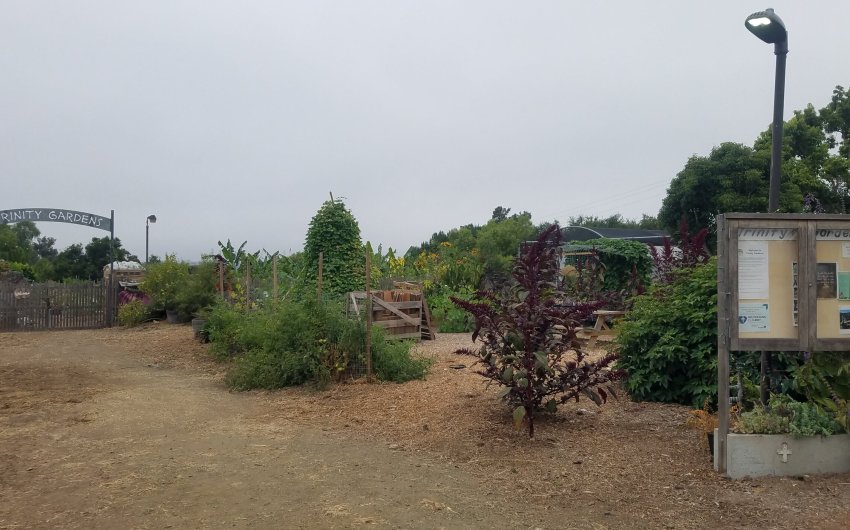
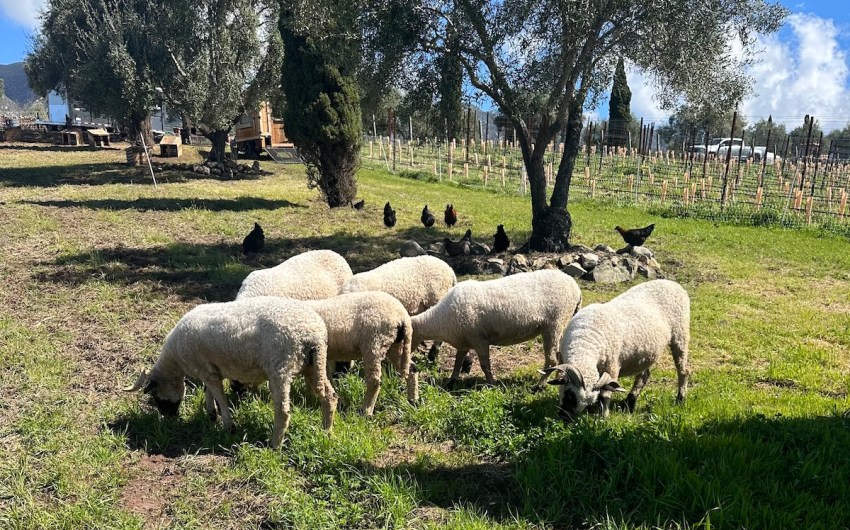
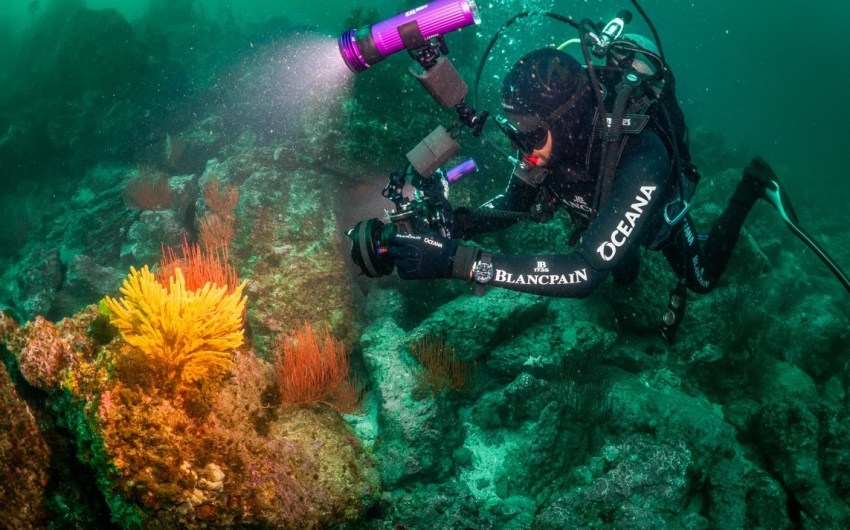
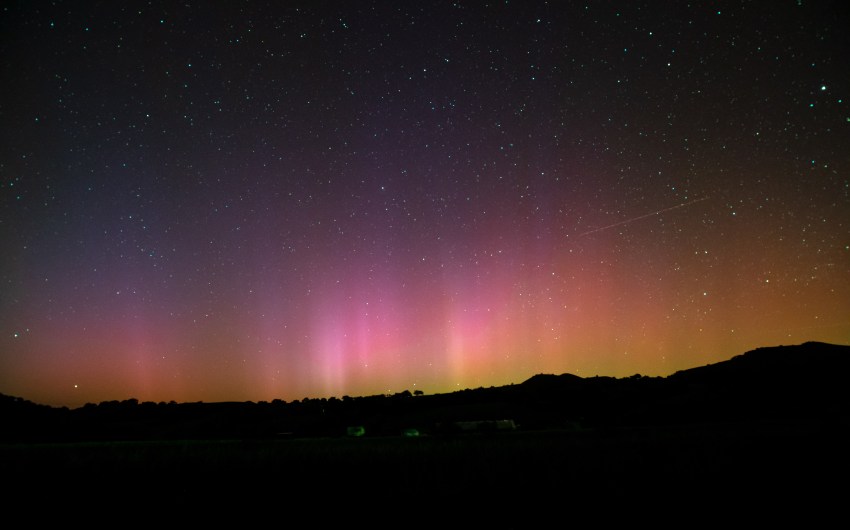
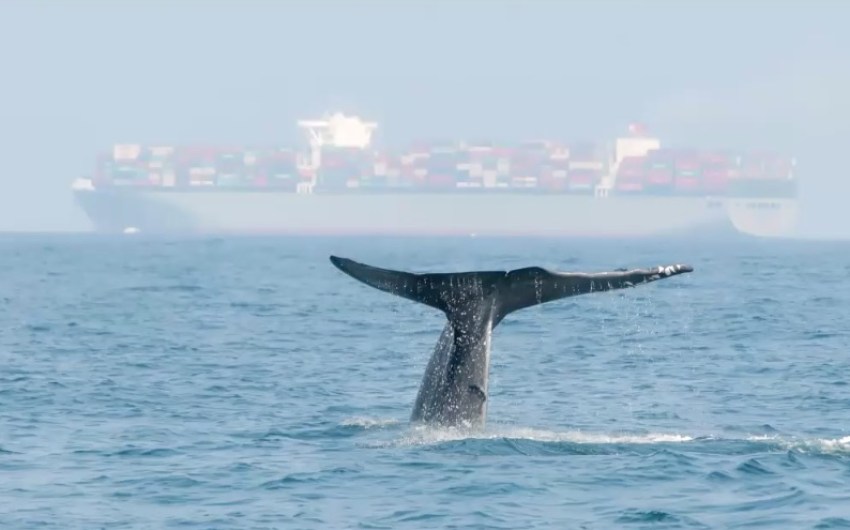
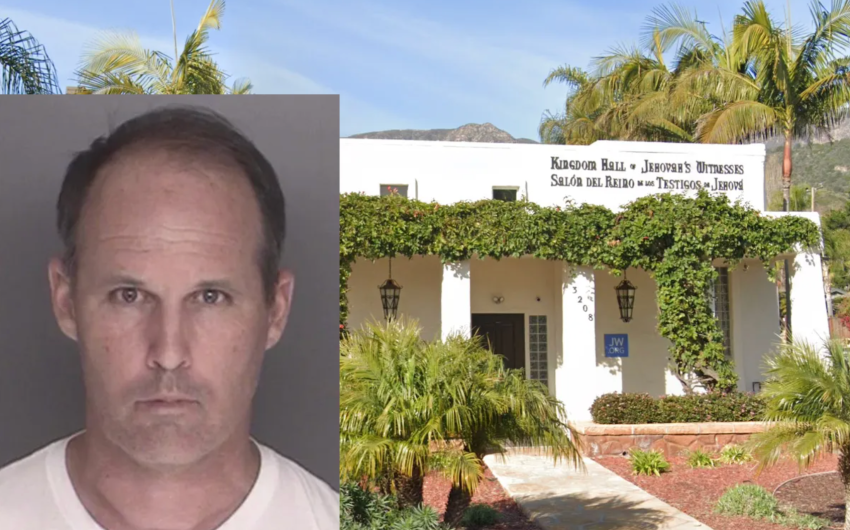
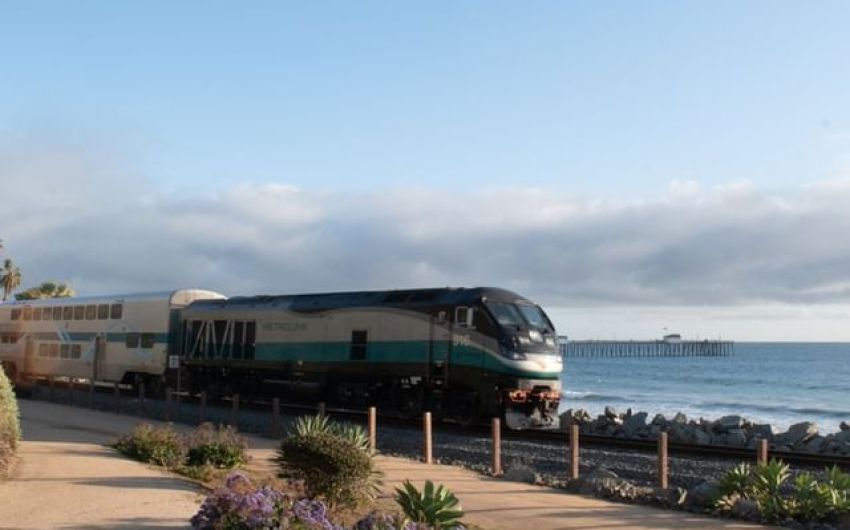

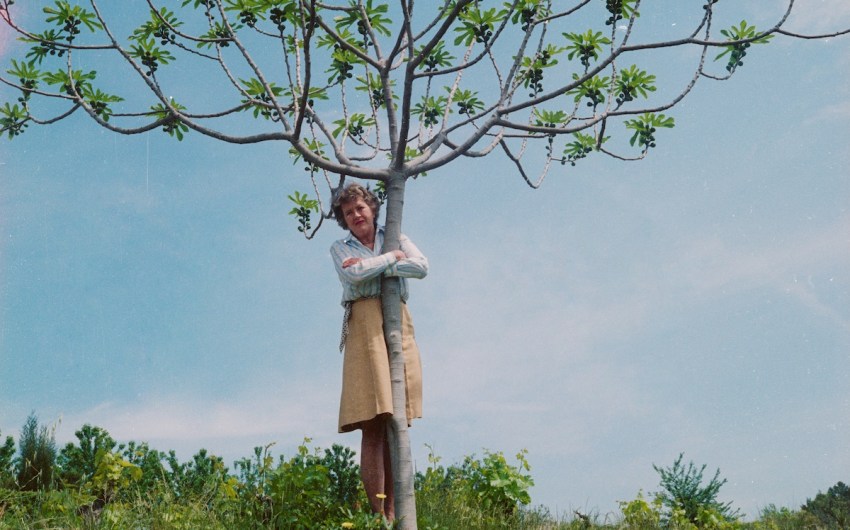
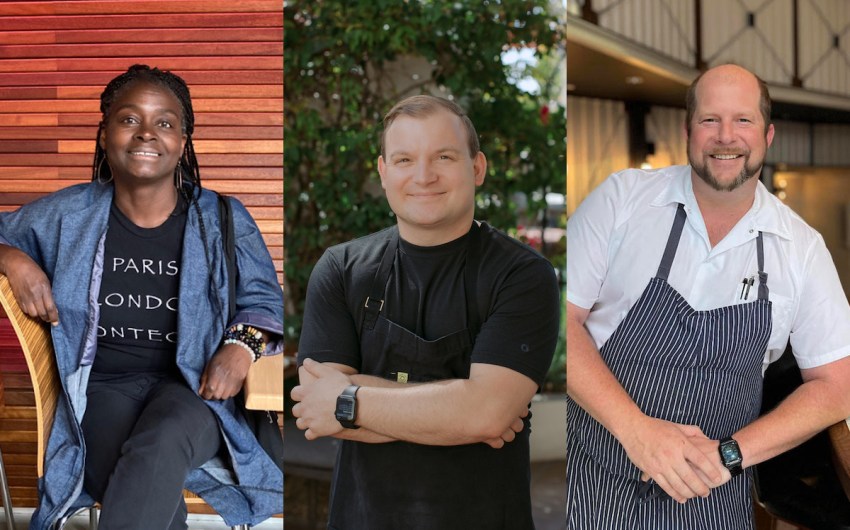






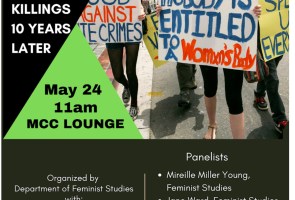





You must be logged in to post a comment.